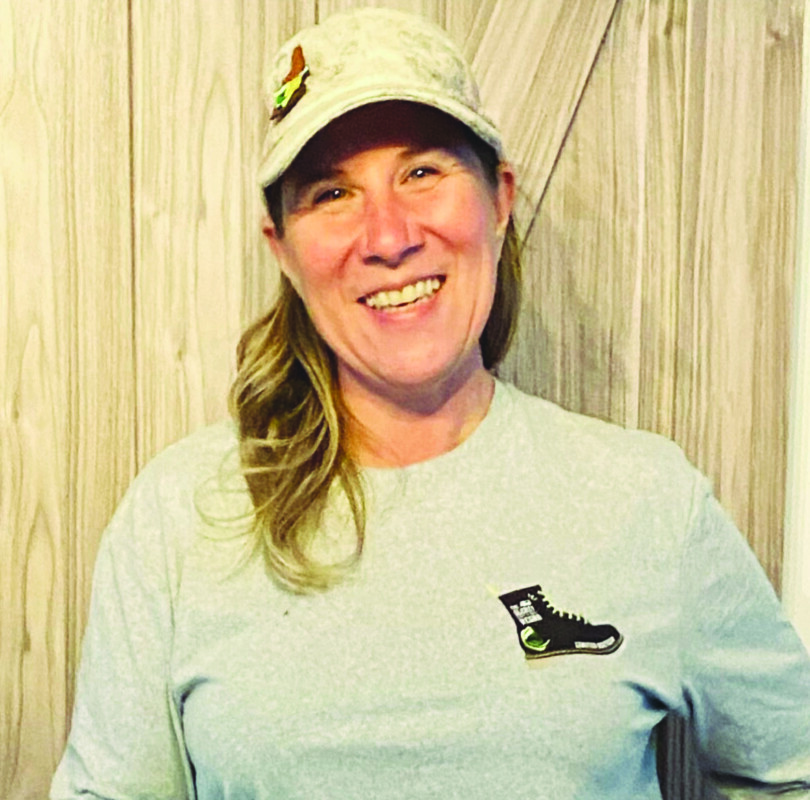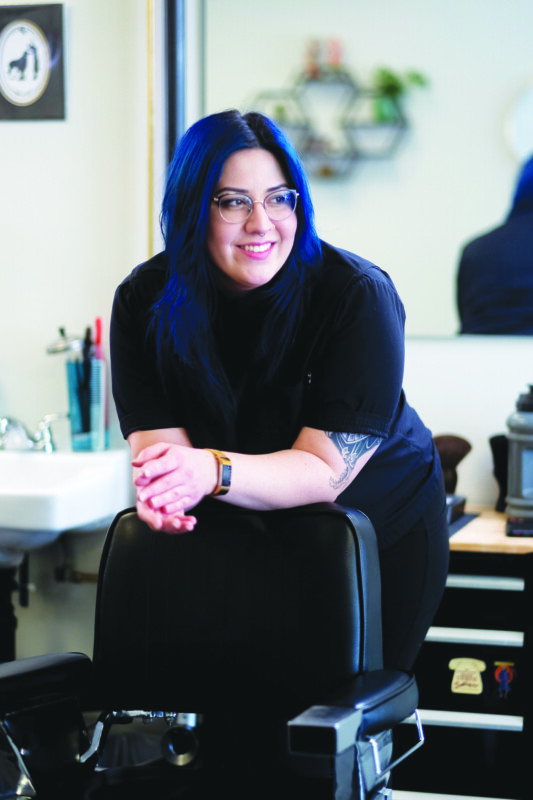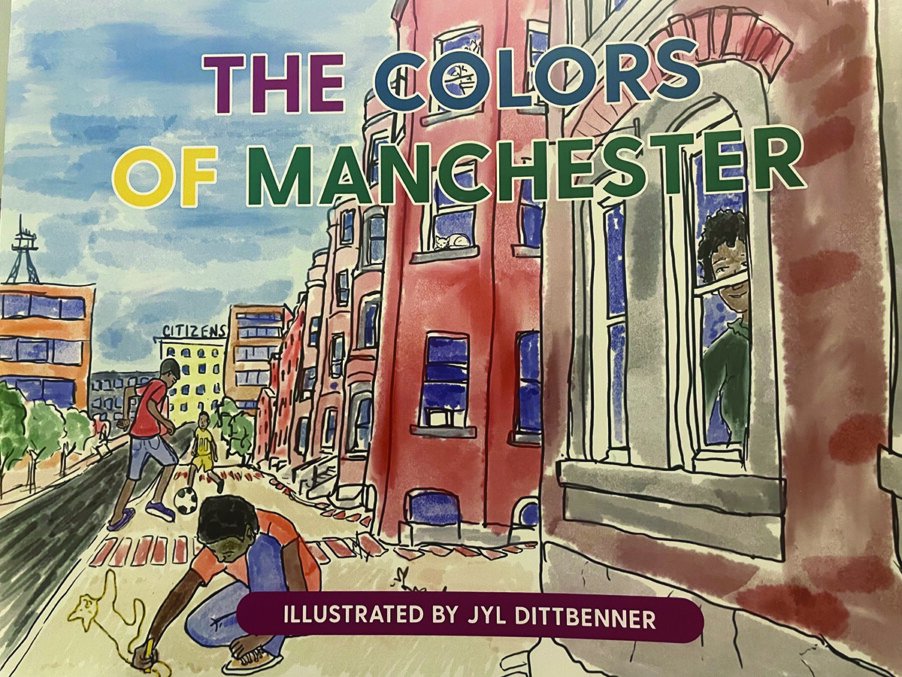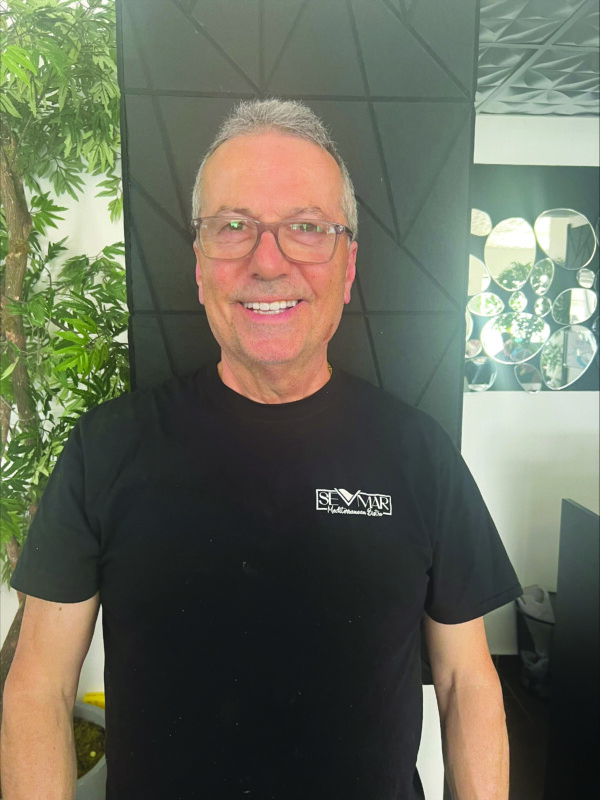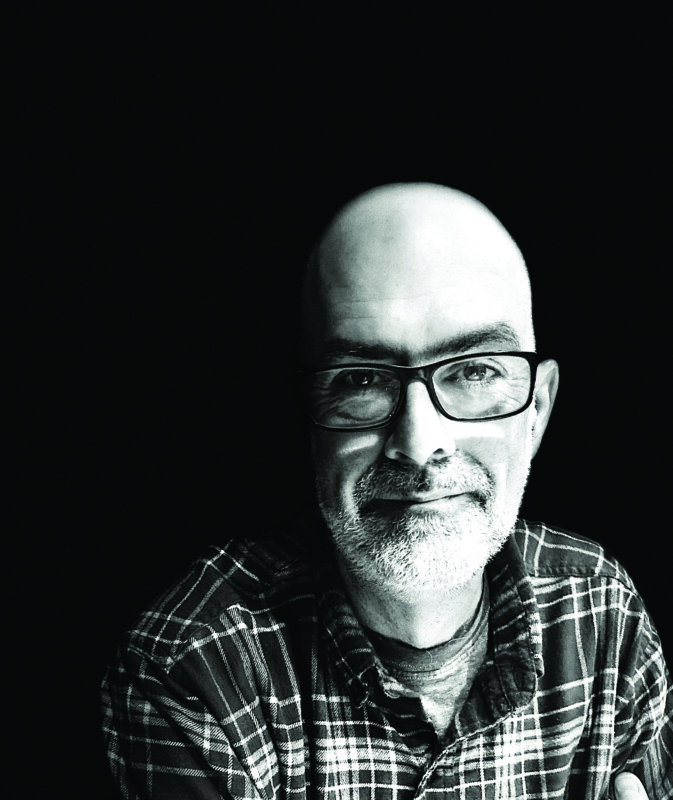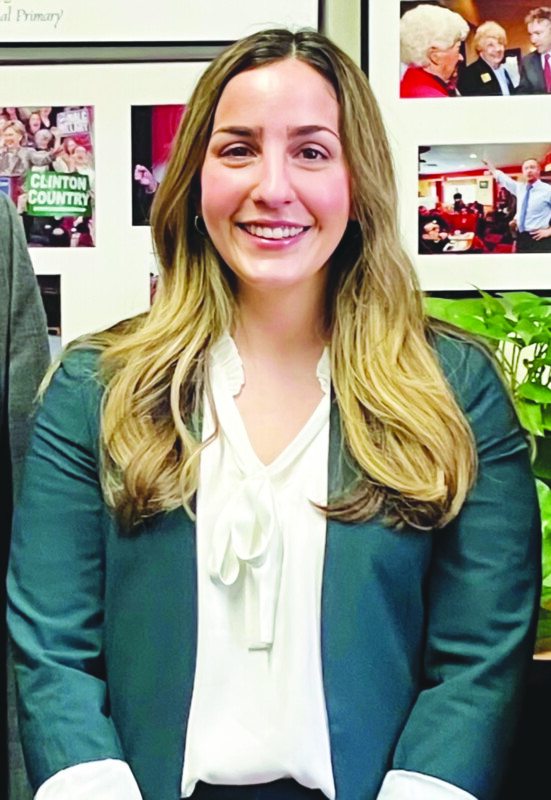Kelley-Sue LeBlanc — a.k.a. “KSL” — is the owner of The Sleazy Vegan food truck (thesleazyvegan.com, and on Facebook and Instagram), which offers a rotating menu of seasonally inspired whole-food plant-based breakfast and lunch items. In addition to maintaining a regular schedule of public appearances in southern New Hampshire, The Sleazy Vegan participates in events and offers catering services. LeBlanc, who grew up in Nashua, originally launched The Sleazy Vegan last year as a ghost kitchen in Manchester before expanding into a food truck a couple of months later. Find The Sleazy Vegan next at the McAuliffe-Shepard Discovery Center (2 Institute Drive, Concord) on Thursday, April 27, from 10 a.m. to 3 p.m., and at Derryfield Park (Bridge Street, Manchester) on Friday, April 28, from 11 a.m. to 2 p.m. LeBlanc is also among the roughly 90 participants of this year’s Taco Tour, returning to downtown Manchester on Thursday, May 4, from 4 to 8 p.m.
What is your must-have kitchen item?
I’ve learned in the last year that I need to have at least two of everything, because we have two kitchens and we bop between them regularly. The one thing that I take with me between them is my chef’s knife. I process a lot of veggies and having a super-sharp blade makes everything more fun and safer!
What would you have for your last meal?
Vegan pho, spiced up with hoisin, Sriracha and fresh cilantro. Pho is my go-to for whatever ails me, and it always makes me feel better.
What is your favorite local restaurant?
I can’t possibly name one. … I’m going to use the opportunity [to] holler at my other vegan and vegetarian providers. The Green Beautiful [in Manchester], Troy’s Fresh Kitchen [in Londonderry] and Col’s Kitchen [in Concord], because they deserve to be seen and heard, and we all deserve to be fed well!
What celebrity would you like to see ordering from your food truck?
Oh, I think about vegan celebs that I’d love to feed all the time, but the first thought that came to mind just now was Adam Sandler. It would be cool to have him get “grinders and hoagies” from the Sleazy Vegan food truck in Manchester. A new kind of “lunch lady.”
What is your favorite thing on your menu?
Honestly, the thing I love about our menu is that it changes so much and it reflects what is available in season hyper-locally. If I had to pick one thing, though, I would have to choose the breakfast burrito. It’s so hard to get breakfast out as a vegan and if you do find something, it’s not typically as hearty a meal. … I load it with black beans, peppers, onions and scramble that with Just Egg [a plant-based egg substitute made from mung beans], then onto a tortilla … and [topped] off with paprika potatoes, avocado and vegan sour cream.
What is the biggest food trend in New Hampshire right now?
Back in 2019, I was looking to do a market research analysis project to understand if southern New Hampshire would support a vegan restaurant and a non-alcoholic bar. Covid put a cork in that research project, but my questions have been answered. … We are seeing loads of expansion in vegan and vegetarian options and I’m also seeing more in the mocktail and non-alcoholic bar space. I hope that both of these markets continue to blossom.
What is your favorite thing to cook at home?
Soup. I just love soup and I love that I can use up whatever is in the fridge or pantry to make something unique and satisfying.
Spicy Thai peanut sauce
From the kitchen of Kelley-Sue “KSL” LeBlanc of The Sleazy Vegan food truck
½ cup peanut butter
1 teaspoon minced garlic
1 teaspoon minced ginger
1 teaspoon Sriracha
1 Tablespoon tamari sauce
1 Tablespoon rice wine vinegar
1 Tablespoon hoisin sauce
1 Tablespoon lemon juice
2 to 4 Tablespoons green tea
½ a jalapeno pepper
Cilantro
Thai basil
Peanuts
In a bowl or a blender, mix the peanut butter, rice wine vinegar, tamari, jalapeno, lemon juice, hoisin sauce, garlic, ginger, cilantro and Thai basil. Use the green tea to add more liquid as needed to obtain the desired consistency. Top it off with some crushed peanuts.
Featured photo: Kelley-Sue “KSL” LeBlanc, owner of The Sleazy Vegan food truck. Courtesy photo.

